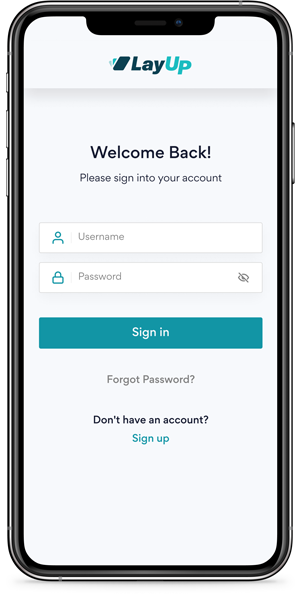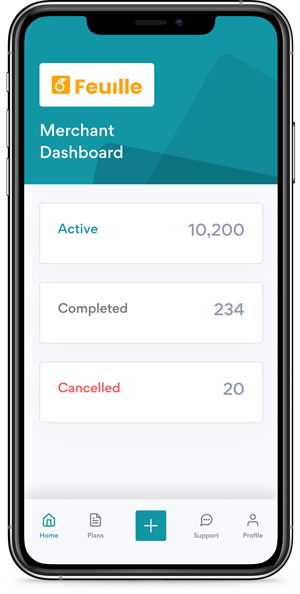For over six decades, debit orders have been a staple in the world of traditional banking, providing a convenient way for consumers to automate recurring payments. However, as technology evolves and open banking initiatives gain momentum, traditional payment methods like direct debits are facing increasing scrutiny. Enter Variable Recurring Payments (VRPs), a modern alternative that is challenging existing stratagems and impacting the way we manage our finances.
The Rise of Variable Recurring Payments
VRPs are a type of payment arrangement where the amount charged to a customer’s account varies from one billing period to another. Unlike fixed recurring payments, which remain constant, VRPs can fluctuate based on factors such as usage, consumption, or other variables specified in the payment agreement. This flexibility allows for adjustments in recurring charges, making VRPs suitable for services with variable pricing structures or usage-based billing modalities.
In contrast to direct debits, VRPs offer a more dynamic approach to recurring payments. Consumers can authorise variable amounts to be withdrawn from their accounts at regular intervals, providing more control and transparency over their finances. This innovation is made possible by open banking, which enables secure data sharing between financial institutions and third-party providers.
READ MORE: Unlocking Success: The Significance of Incremental Revenue
Why VRPs Matter in 2024
Recurring payments provide stability and predictability for both consumers and businesses.
For example, in today’s fast-paced world, where financial needs and priorities can change rapidly, VRPs offer a solution that aligns with the enterprising nature of modern living. Whether you’re managing subscriptions, digital lay-bys, stokvels, pre-orders – even basic utility bills, or budgeting for variable expenses like groceries or entertainment – VRPs empower you to automate payments while maintaining control over your spending.
As a result of their merit, financial institutions are leveraging VRPs to help them solve many of their biggest and most costly problems, essentially reducing transaction fees and settling funds immediately.
The 4 Benefits of VRPs
VRPs offer several advantages over traditional debits, including:
1. Flexibility
With VRPs, consumers have the flexibility to authorise variable payment amounts, allowing for fluctuations in expenses and income.
2. Transparency
VRPs offer greater transparency and visibility into recurring payments, empowering consumers to track and manage their finances more effectively.
3. Control
By authorising payments on a case-by-case basis, consumers have more control over their spending and can avoid unexpected withdrawals.
4. Innovation
VRPs are driving innovation in the banking sector, encouraging the development of new payment solutions and enhancing the overall customer experience.
PayShap Launches in South Africa
Despite approximately 80% of South Africa’s adult population having bank accounts, nearly 90% of transactions in the country are made using cash. Around a quarter of the population withdraws all deposited funds immediately upon receipt.
In March 2023, the South African Reserve Bank (SARB) launched PayShap, a rapid, low-value payment platform aimed at enhancing financial inclusion for both consumers and businesses. This initiative is a significant step towards reducing cash dependency and establishing a modern digital payments platform in South Africa, as announced by BankservAfrica.
Similar to the benefits offered by India’s Unified Payments Interface (UPI), PayShap is aligned with the SARB Vision 2025, emphasising financial inclusion as a primary goal. It exemplifies VRPs by allowing users to make low-value, real-time payments on a recurring basis. Customers have the flexibility to initiate transactions of varying amounts at regular intervals, aligning with their financial needs and preferences. This feature enhances convenience and accessibility, empowering individuals and businesses to manage their cash flow effectively while promoting financial inclusion.
READ MORE: Revolutionising Finance: The Potential Impact of Decentralised Finance (DeFi) in South Africa
VRPs and LayUp
VRPs serve LayUp customers by providing them with greater flexibility and control over their payment schedules. With VRPs, LayUp customers can set up recurring payments for variable amounts, allowing them to adjust their payment amounts based on their financial situation. This flexibility enables customers to better manage their budgets and cash flow, as they can tailor their payments to align with their income and expenses. Additionally, VRPs offer convenience and peace of mind, as payments are automatically processed according to the customer’s preferences, reducing the need for manual intervention.
Overall, VRPs enhance the lay-by experience by empowering customers to make payments in a way that suits their individual needs.
The Future of VRPs
As the financial industry continues to evolve, it’s clear that VRPs are poised to play a significant role in shaping the future of payments. By embracing this innovative approach to recurring payments, consumers and businesses can take advantage of greater flexibility, transparency, and control over finances. In short, VRPs offer a look into a more dynamic and efficient future of banking.

